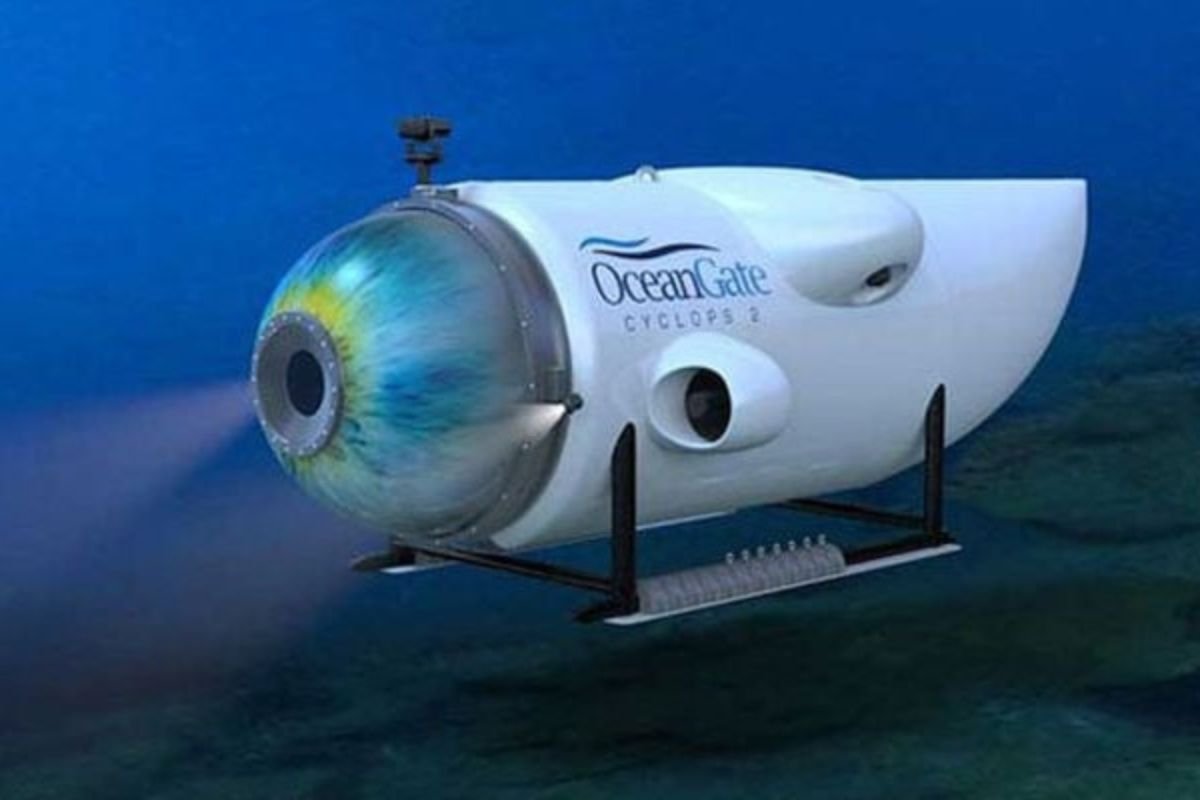Tragedy Strikes as All Five People on Missing Submarine Die in Titanic Expedition Mishap
The United States Coast Guard and the company owning the submarine confirmed the devastating news that the five individuals aboard the submersible, which had gone missing during a voyage to explore the Titanic wreckage, have lost their lives. The vessel suffered a “catastrophic implosion” leading to this tragic outcome.
Rear Admiral John Mauger of the US Coast Guard stated that parts of the submersible, called Titan, were discovered around 1,600 feet away from the front of the Titanic wreck. The debris found aligned with the description of a “catastrophic implosion,” he added.
However, the admiral mentioned that it remains uncertain whether the bodies can be recovered due to the extremely challenging conditions in the area.
In a statement, OceanGate Expeditions, the company behind the expedition, expressed deep sorrow, describing the deceased as courageous explorers driven by a shared spirit of adventure and a profound commitment to exploring and safeguarding the world’s oceans. They extended heartfelt condolences to the five individuals’ families during this tragic time.
An unmanned deep-sea robot, deployed from a Canadian ship, detected a “debris field” near the century-old wreckage of the Titanic, located approximately 2-1/2 miles (4 km) beneath the ocean’s surface. The US Coast Guard had earlier shared this information on Twitter.
Teams from various nations have been diligently scouring vast expanses of the ocean using planes and ships, working tirelessly to find the 22-foot (6.7-meter) Titan submersible, which is operated by the US company OceanGate Expeditions.
The submersible lost contact with its support ship on Sunday morning, about an hour and 45 minutes into what was supposed to be a two-hour descent.
The five individuals on board included British billionaire and explorer Hamish Harding, 58; Shahzada Dawood, a 48-year-old business magnate born in Pakistan, and his 19-year-old son Suleman, both British citizens; 77-year-old French oceanographer and Titanic expert Paul-Henri Nargeolet, who had visited the wreckage numerous times; and Stockton Rush, the American founder and CEO of OceanGate, who was piloting the submersible.
Sidonie, Nargeolet’s daughter, expressed that her father was in a place he truly loved before the debris discovery was announced.
Previously, the detection of underwater sounds using sonar buoys dropped from Canadian aircraft on Tuesday and Wednesday had briefly raised hopes that the people aboard the submersible were alive and trying to establish communication, they resorted to striking the hull.
The Titanic, famously known for sinking on its maiden voyage in 1912 after colliding with an iceberg, resulting in the loss of over 1,500 lives, rests about 900 miles (1,450 km) Situated to the east of Cape Cod, Massachusetts, and approximately 400 miles (640 km) south of St. John’s, Newfoundland.
OceanGate has been conducting expeditions to the Titanic wreckage since 2021, with each participant paying $250,000, according to the company’s website.
Concerns about the safety of Titan were previously raised in 2018 during a symposium of submersible industry experts and through a lawsuit filed by the former head of marine operations at OceanGate, which was subsequently resolved.
The extensive search efforts have covered an area of over 10,000 square miles of ocean, equivalent to the size of the US state of Massachusetts.
The disappearance of the submersible and the subsequent search operation have garnered global attention, partly due to the enduring fascination surrounding the Titanic. The “unsinkable” British passenger liner has inspired countless factual and fictional narratives over the past century,
including the widely popular 1998 movie by James Cameron, which reignited public interest in the story.




